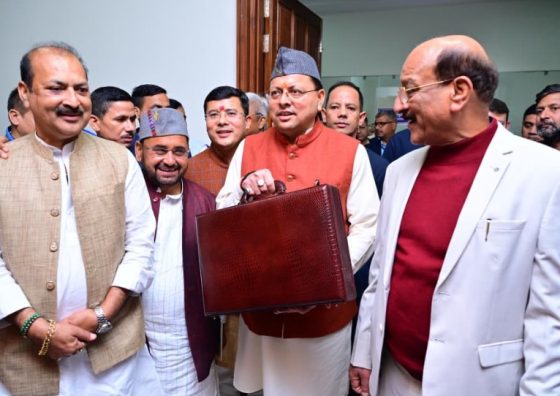The economic slowdown may have clipped sales of cars and biscuits in 2019, but smartphones bucked the trend as urban and rural users continued to buy, and even upgrade to, expensive handsets – a trend likely to pick up pace in the coming year.
The growth in smartphone adoption was further fuelled by the government’s push to position the country as a global hub for manufacturing and coax Apple and other leading brands to produce and export more phones from India.
Experts say that phone shipment is expected to see high single-digit to double-digit growth in India as smartphones aiding everything from shopping to banking to social media and, yes, perfect selfies!
Counterpoint Research Associate Director Tarun Pathak expects India’s smartphone market to grow by 9 per cent this year, and in double digits (by 12-14 per cent) in 2020.
By 2022, over 700 million people are expected to have a smartphone in India, and over a billion devices will be sold over the next four-five years, he said.
A back of the envelope calculation shows that over 115 million units smartphones were shipped in India in the first three quarters of 2019 with Xiaomi, Samsung, vivo, Oppo and realme making up the top five tally.
Interestingly, there has been a significant rise in the average selling prices (ASP) of smartphones this year – rising from Rs 5,000-10,000 to Rs 10,000-15,000 now.
As per International Data Corporation (IDC), while more than 80 per cent of the market is sub-USD 200, the USD 300-500 category has witnessed multi-fold growth with flagship devices of players like Xiaomi, Oppo and OnePlus.
According to IDC India Associate Research Manager (Client Devices) Upasana Joshi, this segment is essentially for the “upgraders” who aspire for flagship-like design and specifications at nominal prices.
The government on its part brought a new electronics manufacturing policy to woo global investors to target manufacturing of one billion mobile phones by 2025. It also relaxed foreign direct investment (FDI) for single brand retail – a move that made Apple announce willingness to open its maiden retail store in India.
Also, corporate tax rate was reduced to 22 per cent and a lower 15 per cent rate offered to new manufacturing units.
This massive outreach helped as Apple began making iPhone XR in India, while Salcomp committed investments to the tune of Rs 2,000 crore. Salcomp – which the world’s largest manufacturer and a major supplier of chargers to Apple for iPhone – has inked an agreement to take over the facility of Nokia in a special economic zone (SEZ) near Chennai that was closed for nearly 10 years. The facility will be made operational from March 2020, and is expected to employ about 10,000 people.
For consumers, 2019 saw smartphones sporting more cameras with powerful sensors, higher memory and even a folding form factor. Ending months of wait, Samsung brought to India its ‘Galaxy Fold’ featuring a foldable display and priced at Rs 1.65 lakh. Motorola has also introduced its foldable ‘Moto Razr’ though there is no clarity on its India availability.
 Dainik Nation News Portal
Dainik Nation News Portal




